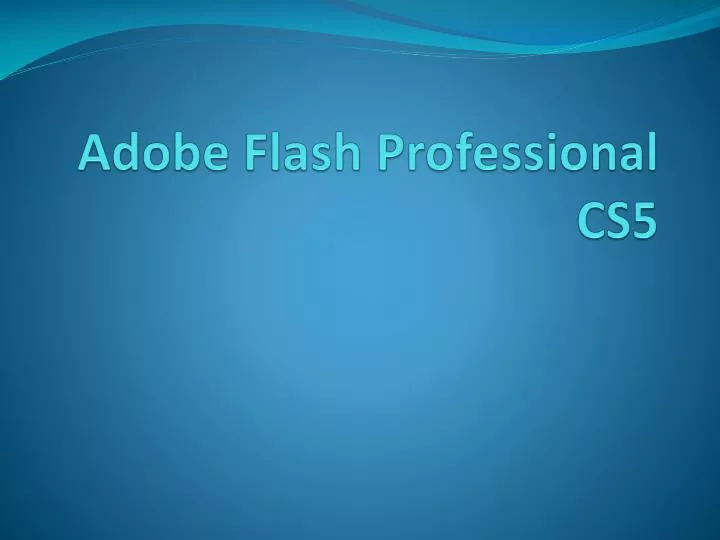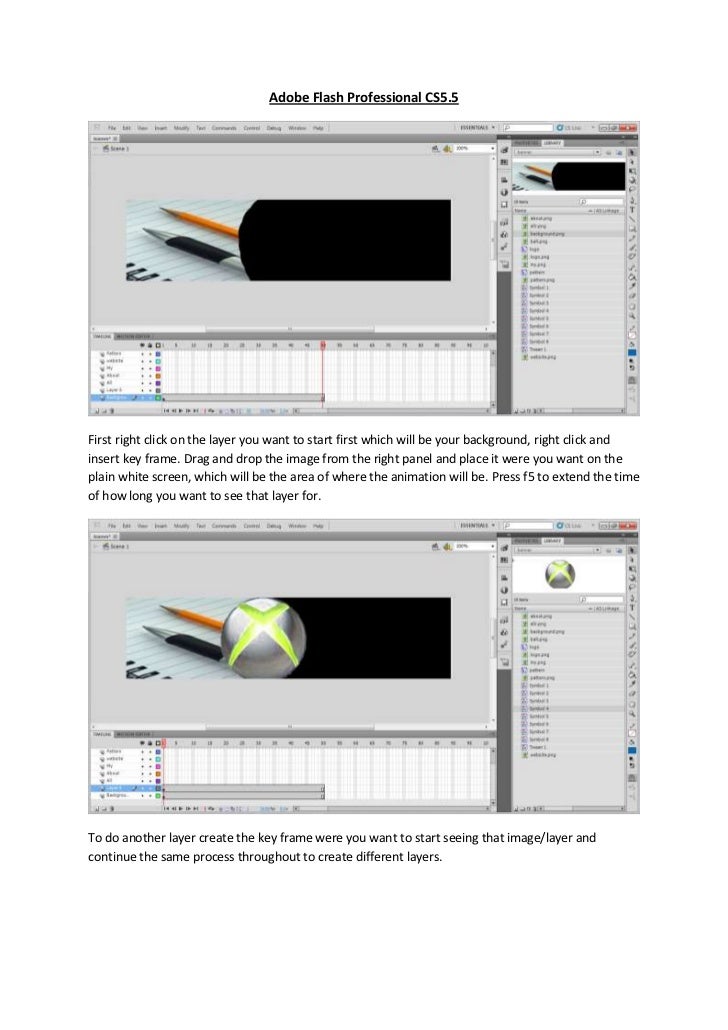

Skew arrow: This arrow is generally available on any side of an item between transformation points. To return the axis point to its default location, double-click the axis point icon. By dragging the point to a different location, you can define a new axis or transformation point for modifications applied to the item. Move arrow: This familiar arrow indicates that all currently selected items can be dragged together to a new location in the Document window.Īxis point or transformation point: By default, this circle marks the center of shapes as the axis for most transformations or animation. To finish any transformation, simply deselect the item by clicking outside of the current selection area. Although the position of these arrow icons can vary with the position of the pointer, they provide a consistent indication of what transformation will be applied from the closest available handle. You can also invoke various transform states from the contextual menu. These icons appear as you position the pointer over the control points or handles of the selected item.
#Adobe flash professional cs5 free free#
The Free Transform tool (Q), available directly from the Tools panel, enables you to apply transform commands dynamically with various arrow icons. To rotate an item 90 degrees counterclockwise, use Shift+Ctrl+7/Shift+ +7.įlip Vertical or Flip Horizontal: Used to place the item in a mirrored position either on the vertical axis (calendar flip) or the horizontal axis (book flip). To rotate an item 90 degrees clockwise, use Shift+Ctrl+9/Shift+ +9. You can also use shortcut keys to rotate any selected item in 90-degree increments.

Rotate 90 degrees CW or Rotate 90 degrees CCW: Used to rotate any selected items by a half-turn in the chosen direction (clockwise or counterclockwise) around the central axis point of the selection. Special note should be taken of the two commands that are unique to the application menu: The commands found in the application menu under Modify => Transform enable you to choose specific combinations of transform options as well as a couple of “shortcuts” for commonly needed modifications. The Transform panel also includes two important buttons: You can use these fields for visual reference or as a way to enter precise transform values. The Transform panel (Ctrl+T/ +T) includes value fields for horizontal and vertical scale percentages, degrees of rotation, and degrees of vertical and horizontal skew. The various ways to access transform commands in Flash - the Transform panel (lower left), the Modify Transform submenu (center), and the Free Transform tool (right) As shown in Figure 1, there are various ways to access the transform commands available in Flash.įigure 1. This means that while a primitive shape is actively being modified, you can revert to the original appearance, but as soon as you apply a change and deselect the shape, its modified appearance will be considered original the next time you select it. The transform settings for primitive shapes, on the other hand, are reset to the default values in the Info panel as soon as they are deselected. This enables you to easily revert these items to their original appearance. You can apply the basic transform commands to any element in the Flash authoring environment, but it is important to know that any transformations applied to symbols, groups, drawing objects, or text blocks are saved in the Info panel even if they are deselected and then reselected later.


 0 kommentar(er)
0 kommentar(er)
